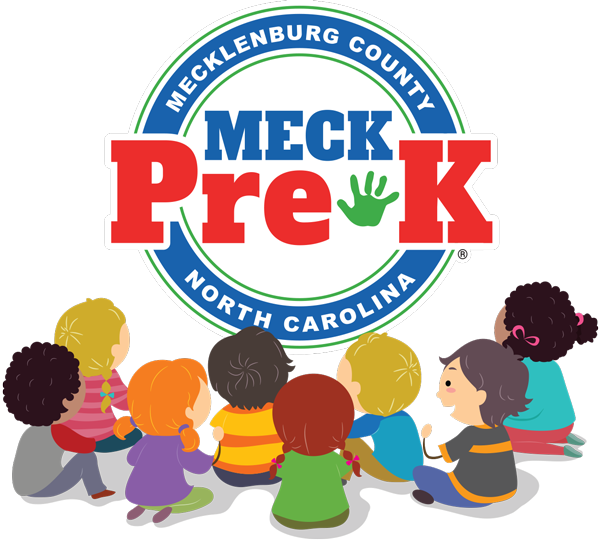What Is the Cost Savings of Public Pre-K?
Early childhood education is a critical part of a child’s academic, mental, emotional, and social development. Early childhood education also encourages children to communicate, create, cooperate, and think critically, which are important skills to help them succeed in life as they get older.
As a parent, you may recognize the importance of early childhood education, but you might not be sure what type of program to enroll your child in. Should you enroll your child in a public pre-k program, private pre-k, or preschool?
In this post, we’ll cover why public pre-k is a great option and review the differences between pre-k and preschool.
How Much Does a Private Pre-K Program Cost?
As a parent concerned about your child’s early education, you may be asking, “How much does it cost to go to pre-kindergarten?” The answer depends on whether you choose a private or public pre-k program.
The cost of private preschool programs depends on where you live and the quality of the preschool. According to the National Association of Child Care Resource & Referral Agencies (NACCRRA), the cost of private pre-k schools can range from around $4,000 to $13,000 per year.
If budget is a concern, then private pre-k may not be the best option. Public pre-k schools are publicly funded through the government, with little to no cost, to ensure families of all income levels have access to early childhood education.
What’s the Difference Between Pre-K and Preschool?
When trying to enroll your child in an early childhood education program, you may come across different terms that may be used interchangeably: preschool and pre-k. But they’re not the same. In fact, they’re different in many ways:
- Ages: In preschool, a child is between ages two and four. On the other hand, a child in pre-k is age four to five.
- Focus on school readiness: In both preschool and pre-k, the curriculum addresses school readiness skills. However, in a pre-k program, children participate in activities for deeper learning and organized skill-building. In preschool classrooms, teachers focus on teaching kids more general skills and basic learning. For example, preschool students may learn their alphabets, shapes, colors, and numbers. Pre-k classrooms, on the other hand, take things a bit further by helping students with math, science, and critical thinking.
- Teaching style: In preschool classrooms, the teaching style is less structured. In contrast, pre-k teachers give their students more complex activities to participate in. Also, their teaching styles are more organized as their focus is preparing children for formal school.
- Location: The environments within preschools and pre-k classrooms can be quite different. Preschools are often standalone buildings with no other classrooms surrounding them. Pre-k classrooms are often connected to a wider school environment.
Enroll Your Child in Meck Pre-K
Give your child the education he or she deserves by choosing a high-quality free pre-k program. Meck Pre-K is funded by Mecklenburg County and free for Mecklenburg County four-year-olds. Contact us today to learn more and get started with your child’s early education journey. Email info@MeckPreK.org, call 704-943-9585, or fill out our contact form.

